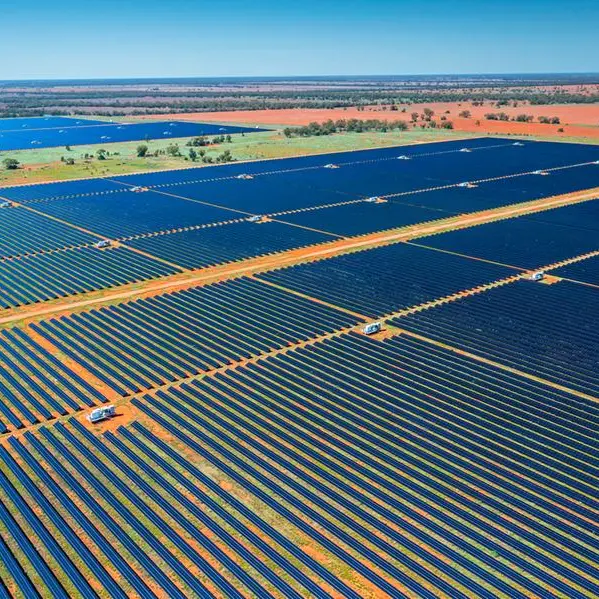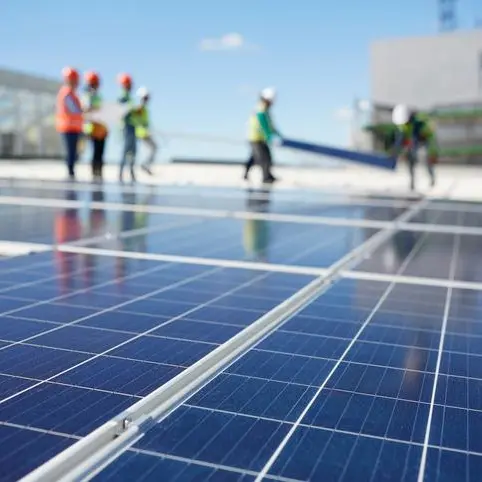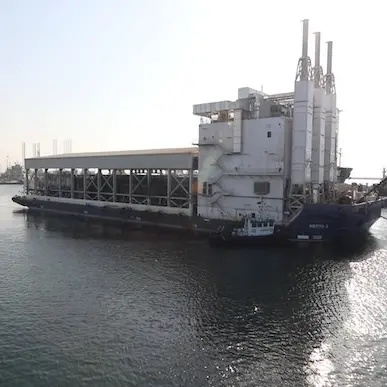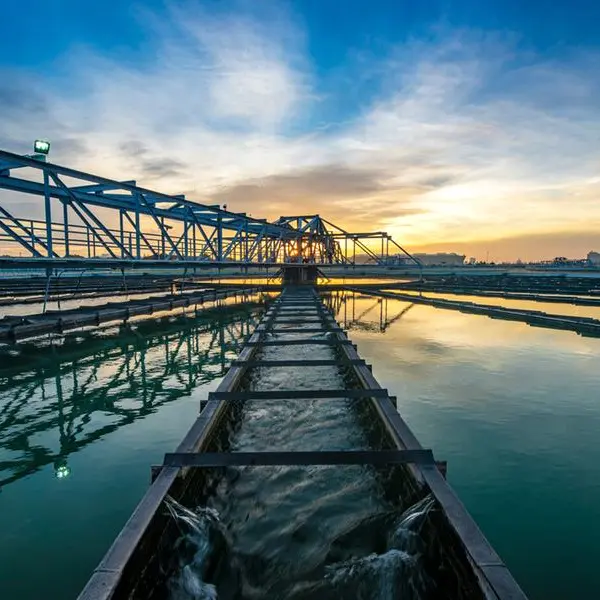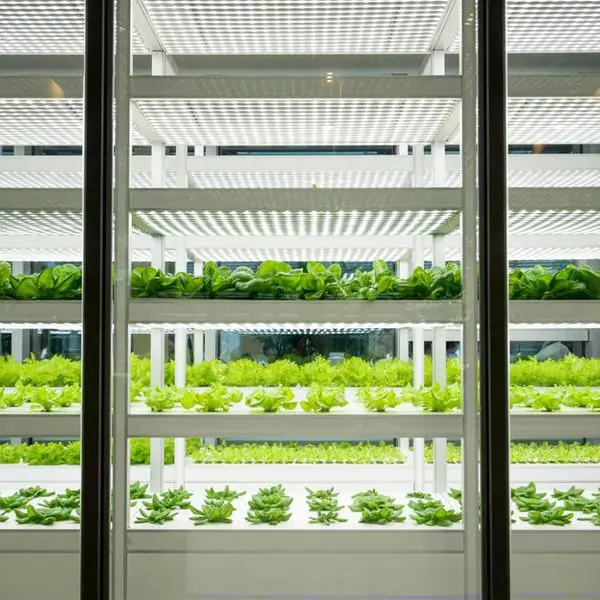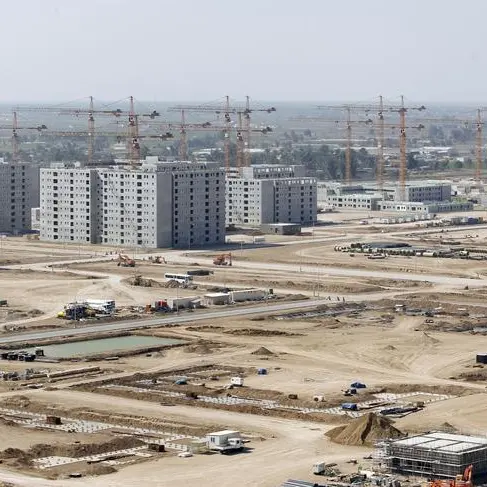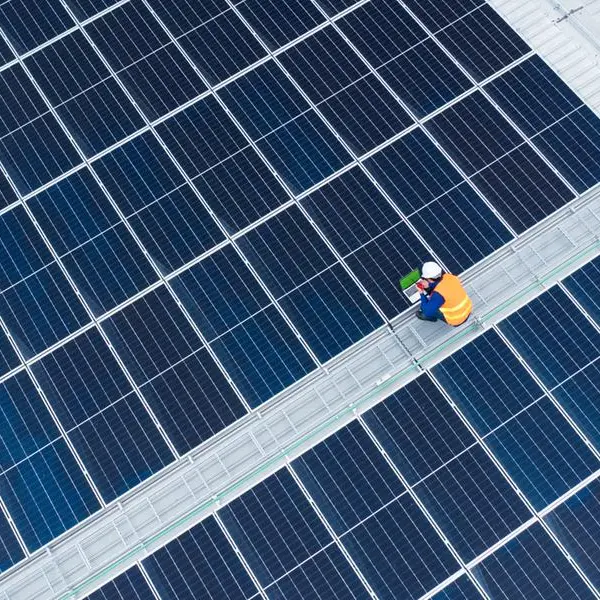Muscat, Feb 9 – Gypsum exports from Oman soared over 25 per cent in 2018, further cementing the Sultanates unrivalled position as the worlds largest exporter of the industrial mineral. Exports surged to nearly 9.4 million metric tonnes in 2018, up from 7.4 million metric tonnes a year earlier, with all of these volumes handled almost exclusively by the Port of Salalah the principal gateway for shipments of the commodity to markets in Asia and the Far East. The robust uptick in the export of the mineral which is a key raw material in the production of cement as well as in the manufacture of gypsum board bodes well for heightened investments in the exploration and mining of gypsum in Thamrait and other parts of Dhofar Governorate, where the mineral is found in abundance.
Omani gypsum exports from Salalah have grown exponentially in recent years, effectively positioning the Sultanate as the only major supplier of the mineral to the Asia and South/East Africa, according to key industry executive. As the only major supplier of gypsum in the Asia and East/South Africa regions, Oman should use this unique position as leverage to garner a more attractive selling price for gypsum in the region.
This will contribute to better returns for the domestic mining industry and enhance non-oil export revenue growth to the local economy as a whole, said Ramachandran, Director USG Boral Zawawi, a leading gysum miner and gypsum board manufacturer in the Sultanate.
Vietnam was the top destination for Omani gypsum exports, lifting as much as nearly 3 million metric tonnes in 2018. India, a major imported gypsum consumer, shipped in over 2.75 million metric tonnes, while Bangladesh imported around 1.25 million metric tonnes. Other leading Omani gypsum importers included Japan, Indonesia, Malaysia, South Korea, Philipipnes, UAE and South/East Africa, among others.
Auguring well for a steady increase in Omani gypsum exports to Vietnam, India, Bangladesh and Japan are projections of a strong uptrend in demand for the mineral in these markets.
A major strategy unveiled by the Vietnamese government in support of its domestic cement industry envisions an annual increase of 5 million tonnes in its capacity through 2030. The Southeast Asian nation produced 90 million tonnes of cement in 2018, up from 85.4 million tonnes in 2017. Cement output is projected to rise 6-7 per cent to 100 million tonnes this year, according to the Vietnam Cement Association.
India, the second largest cement producer after China, is expected to add around 90 million tonnes of new capacity to its existing capacity of 500 million tonnes over the next three years. This growth will be driven by strong demand projected at 550 million tonnes per annum by 2025. Already the worlds largest gypsum importer, India will continue to be dependent on imports to meet its achieve the ambitious growth targets of its cement and gypsum board manufacturing industries.
Bangladesh just recorded its highest cement sales in 2018 at 33 million tonnes, while cement demand grew by an impressive 12 per cent YoY, according to the Bangladesh Cement Manufacturers Association. Bangladeshs cement sector is shaping up to be an interesting market from 2019.
Gypsum demand is also burgeoning across the wider region, says Ramachandran. In Asia and South/East Africa, the over all demand for gypsum is expected to grow by 7 per cent CAGR from 2019. Asian and South East African countries will together require an estimated over 550 million tonnes of imported gypsum over the next 15 years (2019 2033), he noted.
Demand is also escalating in Asian countries, notably Vietnam, Japan, Philippines, South Korea, Bangladesh, Indonesia and Malaysia, which depend on imports for the bulk of their gypsum requirements to feed their huge cement and gypsum board manufacturing industries.
Thailand, long a dominant supplier of gypsum to Asian markets, has begun reducing gypsum exports in order to meet its own domestic requirements in the face of local supply constraints, he added.
2019 © All right reserved for Oman Establishment for Press, Publication and Advertising (OEPPA) Provided by SyndiGate Media Inc. (Syndigate.info).
